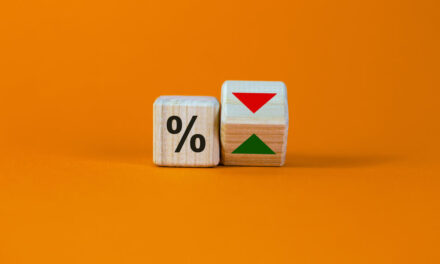It’s September, which is generally regarded as the worst month for stock trading, so the spike in the CBOE Volatility Index (VIX) — the so-called “fear index” — has begun its annual early autumn climb.
The VIX stands at 13.70 as of Wednesday afternoon, the highest it’s been since hitting 14.78 on Aug. 13.
The index measures expected market volatility over the next 30 days. The higher the reading, the more volatility is expected by the markets.
For the past half-century, September has been the single worst-performing month for the Dow Jones Industrial Average, falling .87 percent on average. Tuesday was the first day of stock trading for the month of September and the market fell .1 percent.
According to the Stock Trader’s Almanac, September also has historically been the worst month for the S&P 500 going back to 1950, and the worst month for the Nasdaq since 1971.
A look at the historical stock trading averages for September, the Down Jones has fallen .7 percent, and the S&P 500 and the Nasdaq each falling .5 percent, according to the Stock Trader’s Almanac.
To seemingly make matters worse, September is an even worse month during mid-term election years, and this November promises to be one of the most hotly contested mid-terms in a long time as Democrats look to re-take control of Congress and possibly impeach President Donald Trump.
Trump has said he thinks the stock market will tank if that happens.
“I guess it says something like high crimes and all — I don’t know how you can impeach somebody who has done a great job,” Trump said in an August interview with CNBC. “I will tell you what, if I ever got impeached, I think the market would crash. I think everybody would be very poor because without this thinking, you would see numbers that you wouldn’t believe in reverse.”
During mid-term years, the Dow Jones has fallen a full 1 percent, the S&P 500 .4 percent and the Nasdaq .8 percent.
Potentially exacerbating fears that the market will bottom out this September are the escalating trade wars between the U.S. and its biggest trading partners.
There could be another $200 billion in tariffs levied against China as early as Friday at either 10 percent or 25 percent.
The Trump administration has already hammered China with 25 percent tariffs on $34 billion in July, and another $16 billion in August after already being hit with steel and aluminum tariffs.
Beijing has retaliated with 25 percent tariffs on $50 billion worth of U.S. goods, and threatens to match the U.S. step-for-step. Though, it will be impossible for China to fully match tariffs imposed by President Donald Trump considering the U.S. exports far less goods to China.
September also is the month when the Federal Reserve plans to raise interest rates again at its next meeting on Sept. 26.
Editor’s note: Does September being a historically bad month for the markets play into your investment strategy? Discuss in the comments below.




